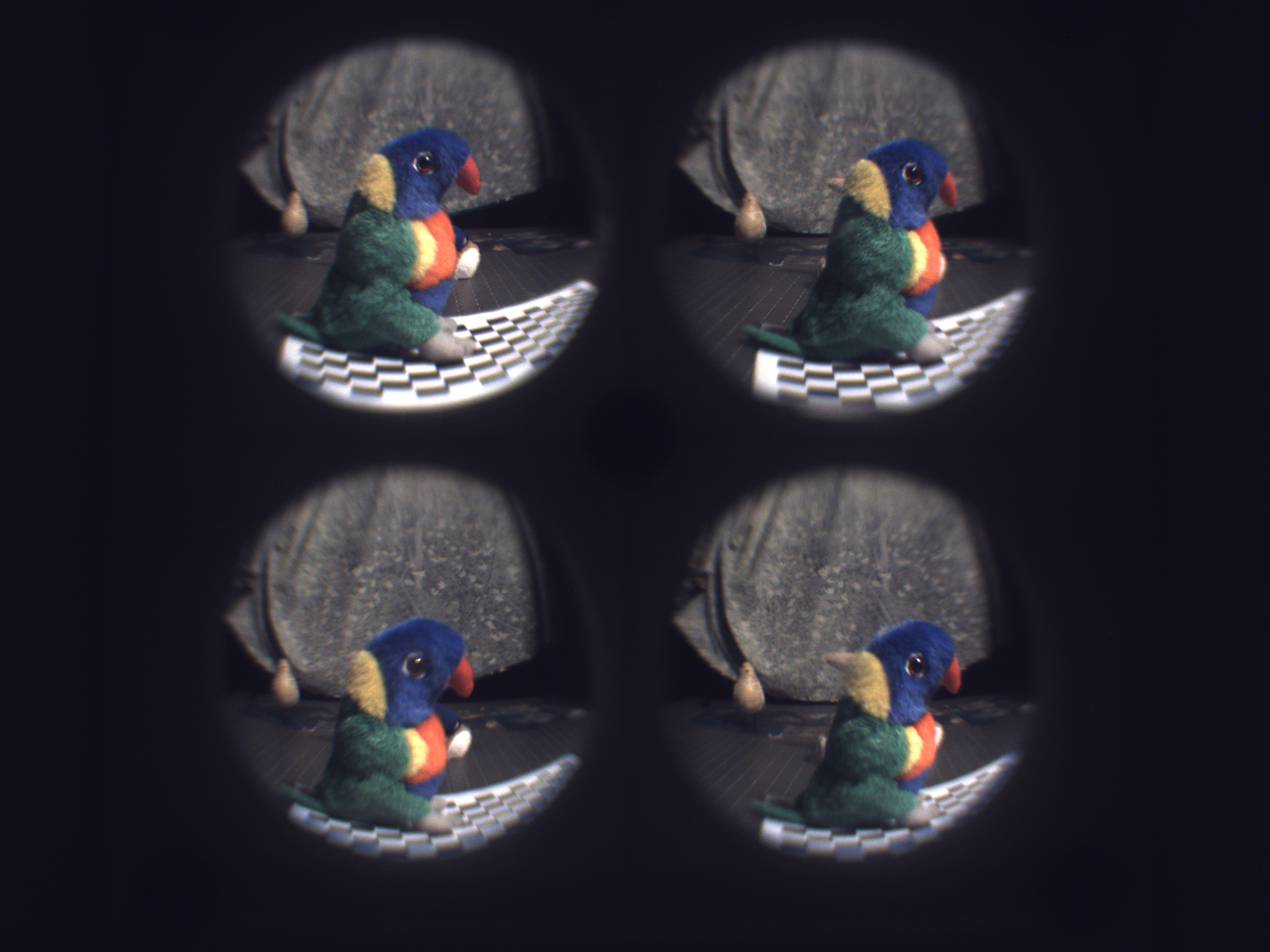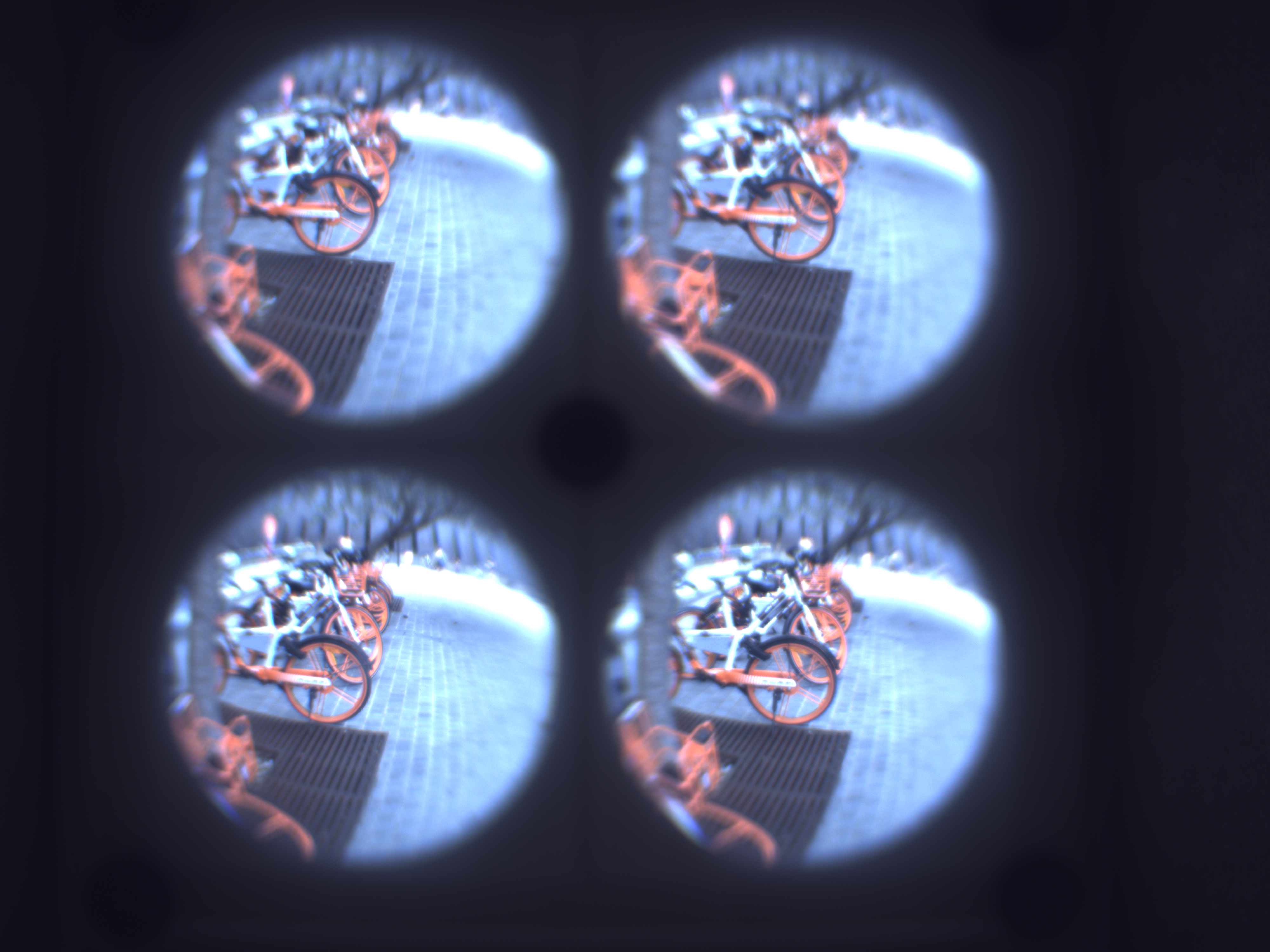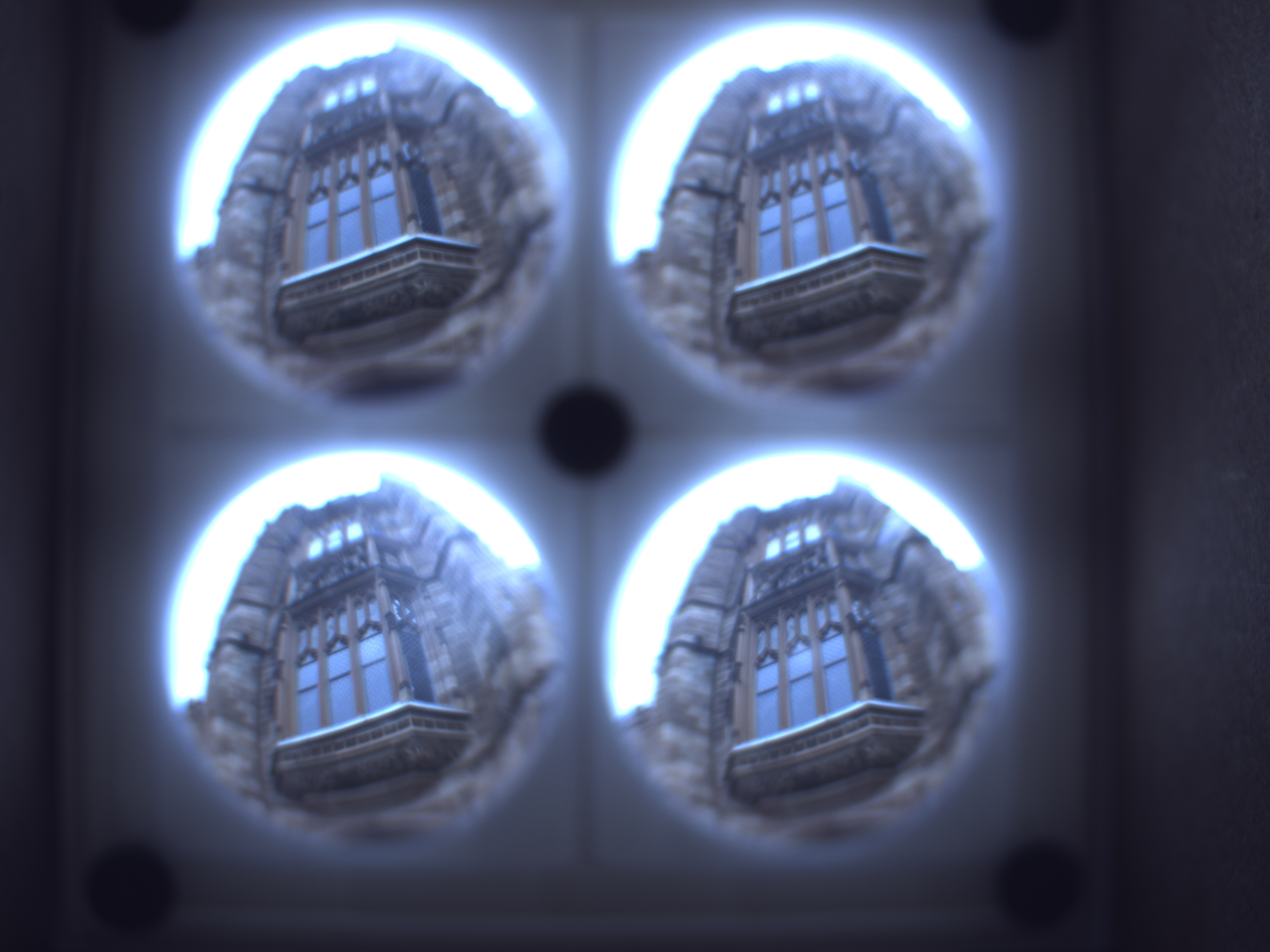Open Source Light Field Camera
Development of an open-source light field camera framework.
Between the end of January and the beginning of March 2020, I undertook a research internship with the Australian Centre for Field Robotics under the robotic imaging research group. My work was on the ongoing project for developing an open source light field (plenoptic) camera, with the goal of giving researchers a framework to produce light field cameras at a fraction of the cost of commercially available options that are completely configurable to the desired application. This project was ongoing, and my work entailed the development of an online optical design tool, mechanical design framework and a prototype built using both of these tools.
My thanks to Dr Donald Dansereau for agreeing to take me on and supervising me for what was a brief but incredibly rewarding experience.
Optomechanical Design
A large proportion of my work involved understanding the image acquisition, and generalising this for any configuration of lenses. The chosen design for this light field camera utilised lenses traditionally not used for imaging and as such, I was required to devise methods that solved for the field of view of a multi-aperture camera system.
I coded this into a web application, which provided a user key metrics of the image obtained by the camera, to allow them to design a light field camera for their application.
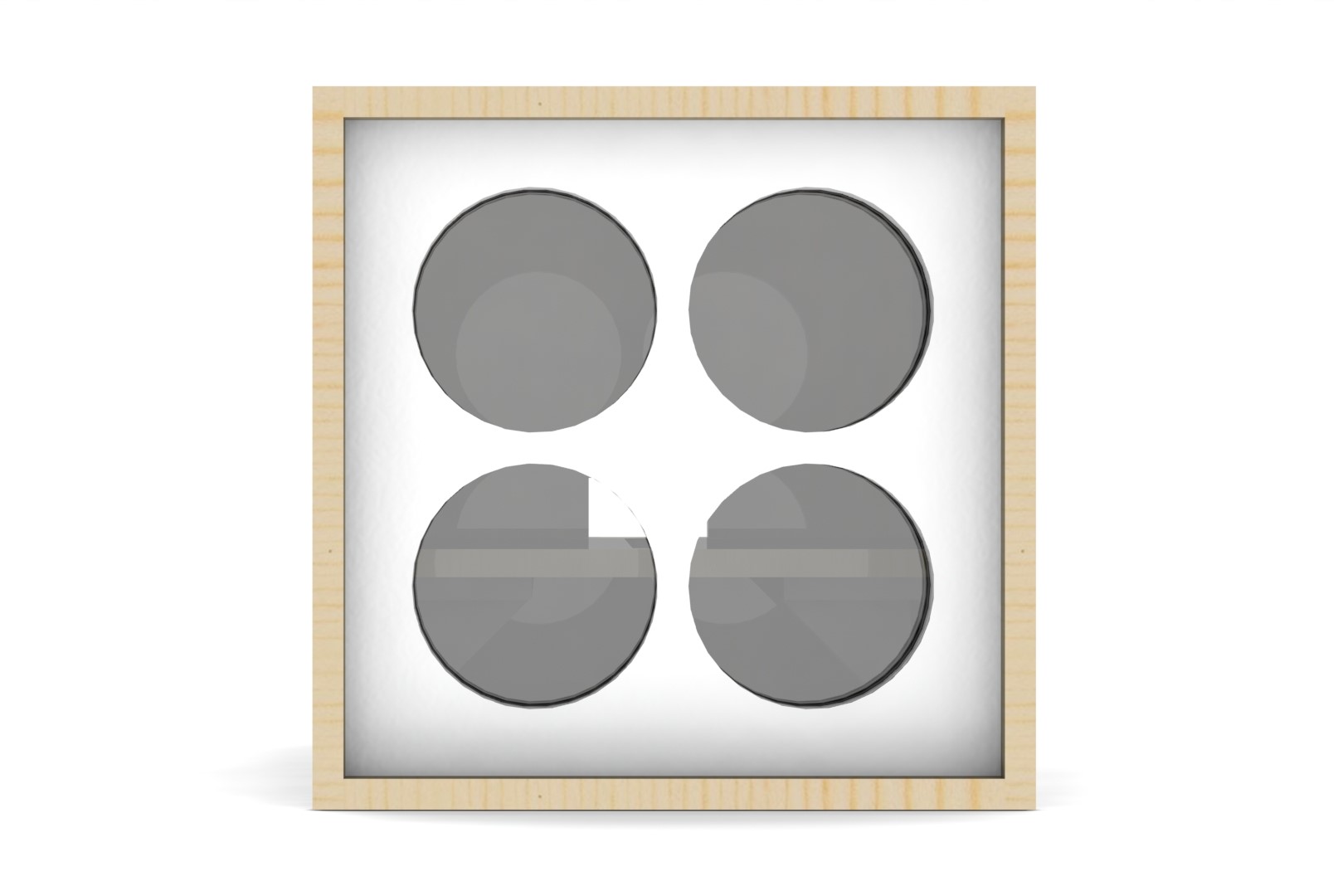
The system was designed around press-fit optics to ensure the optic axis of each element was parallel, and with subsequent lenses being located as close as possible to each other to minimise the space of the optical array.

Mechanical Design and Prototype Construction
After achieving the optical design of the camera, I created an entirely parametric design framework in Solidworks to regenerate based on paramaters relating to the optics array and the imaging camera inside the housing. This enabled a completely regenerative framework which provide users with CAD files directly from their optical design parameters.
Using this tool, I was able to construct a prototype as imaged below:
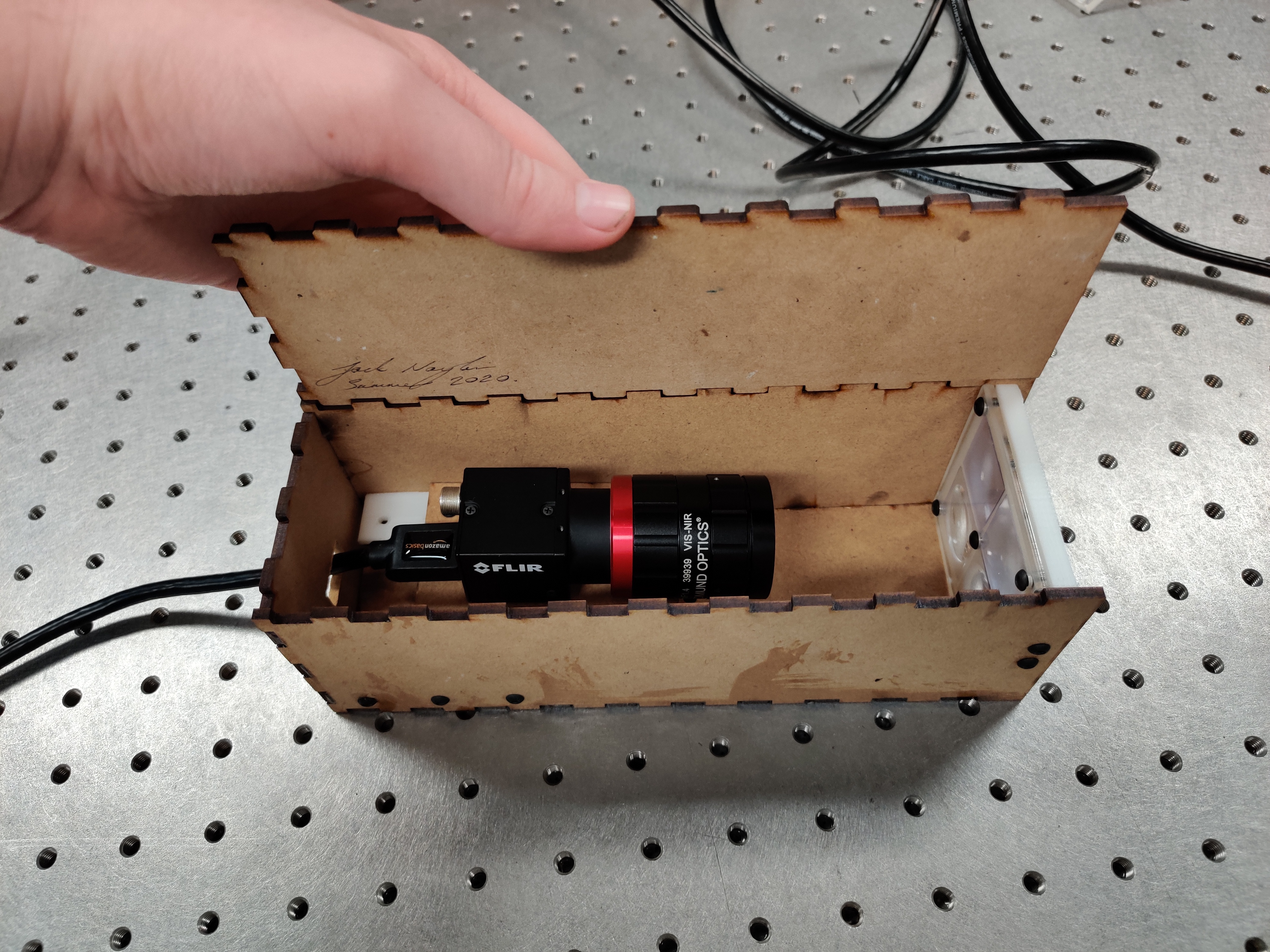
For this particular camera, a 2x2 array of \(f\)/1 25mm lenses was chosen to explore low \(f\) number effects on the image quality. The optical array and the view from the optic axis of the camera is shown below.
 |
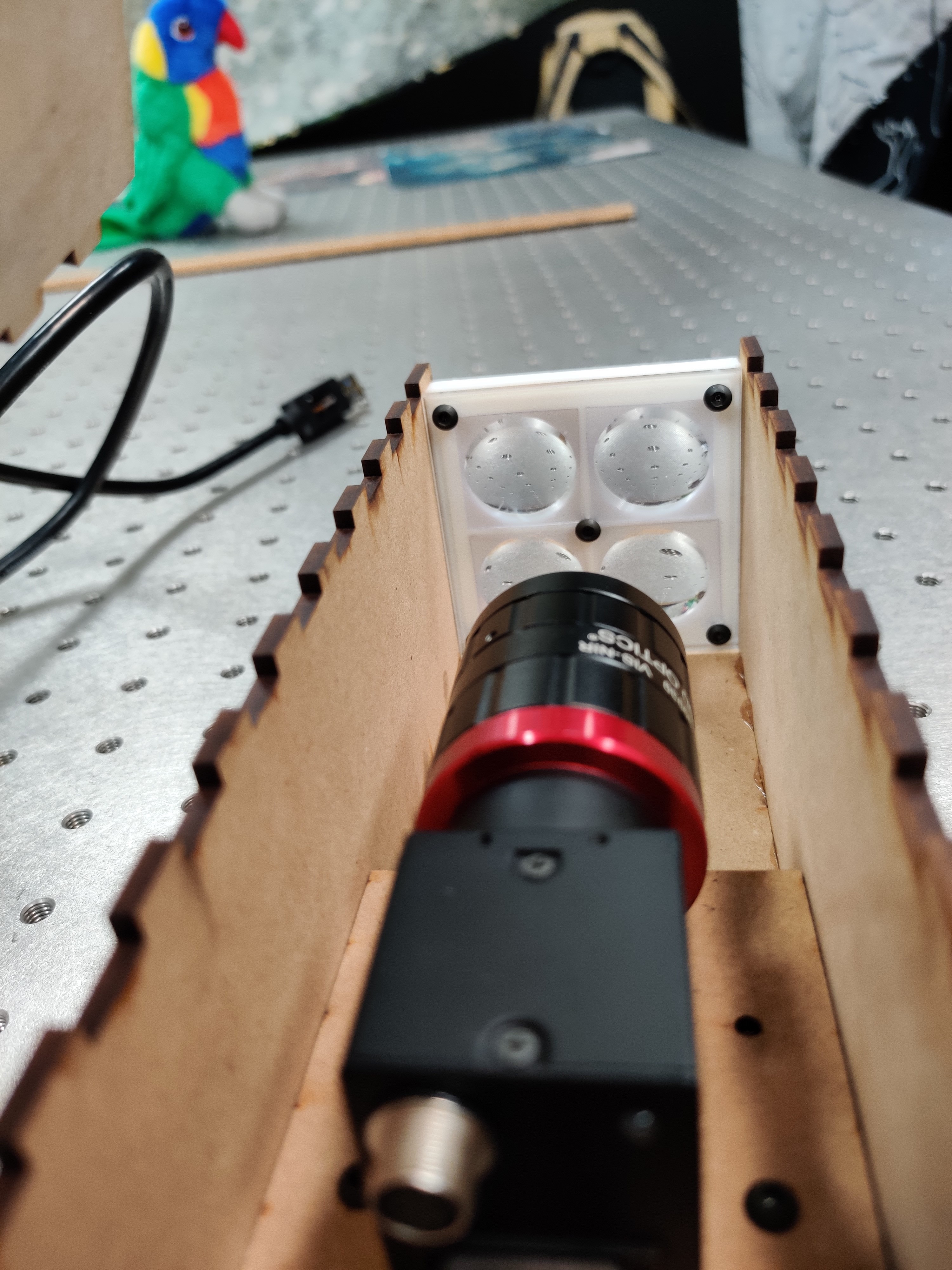 |
|---|
This prototype was used to validate the results of the design tool using targets. The results for the field of view were within 5% of the true value.
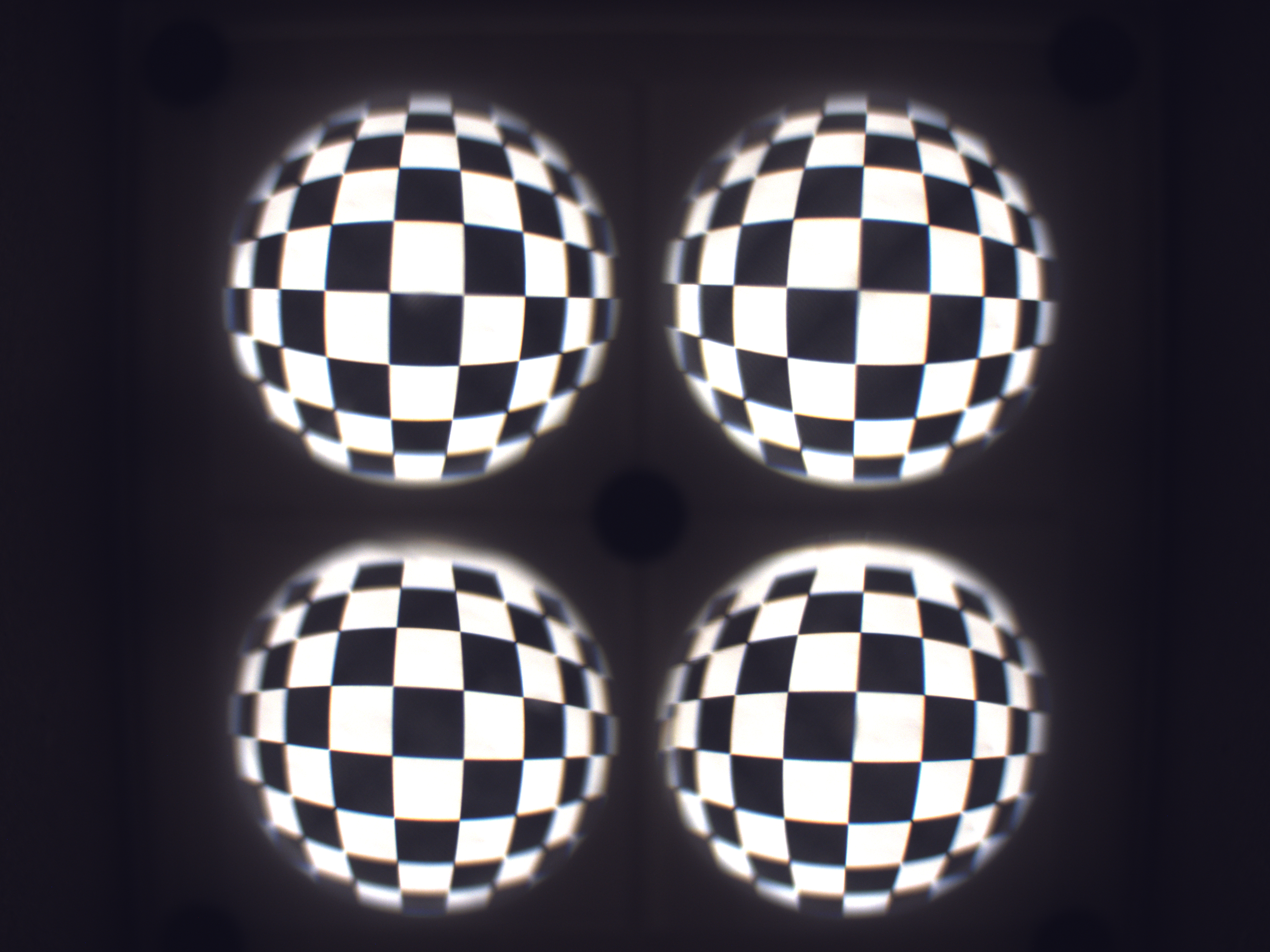
Sample Images and Image Quality Improvements
A previous prototype for this camera suffered from aberrations and visibility of lines from Fresnel lenses which reduced the quality of the resulting image. These were removed by including inlaid seating for lens components, recognising the minimal effect of the imaging cameras depth of field on the overall depth of field, and increasing the tolerance for optical mounts. The result of this allowed for clear subimages to be obtained with better image quality than previous prototypes. Some sample images from the system are provided below:
